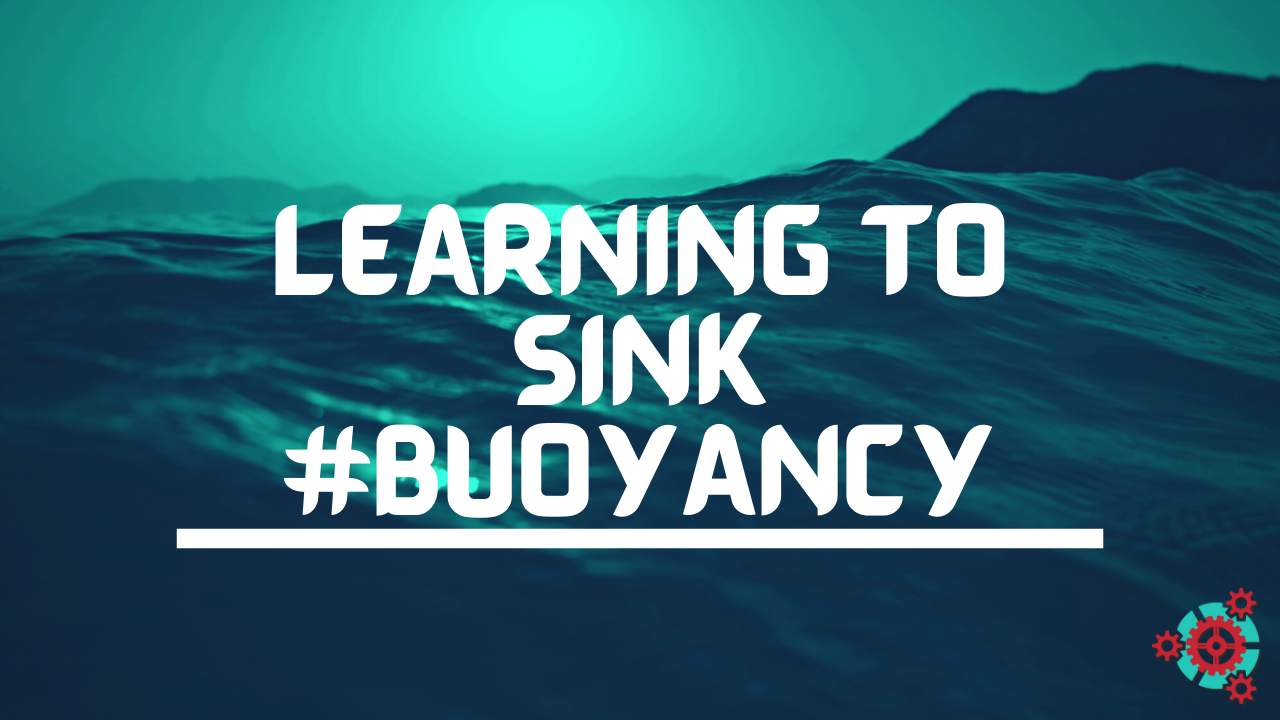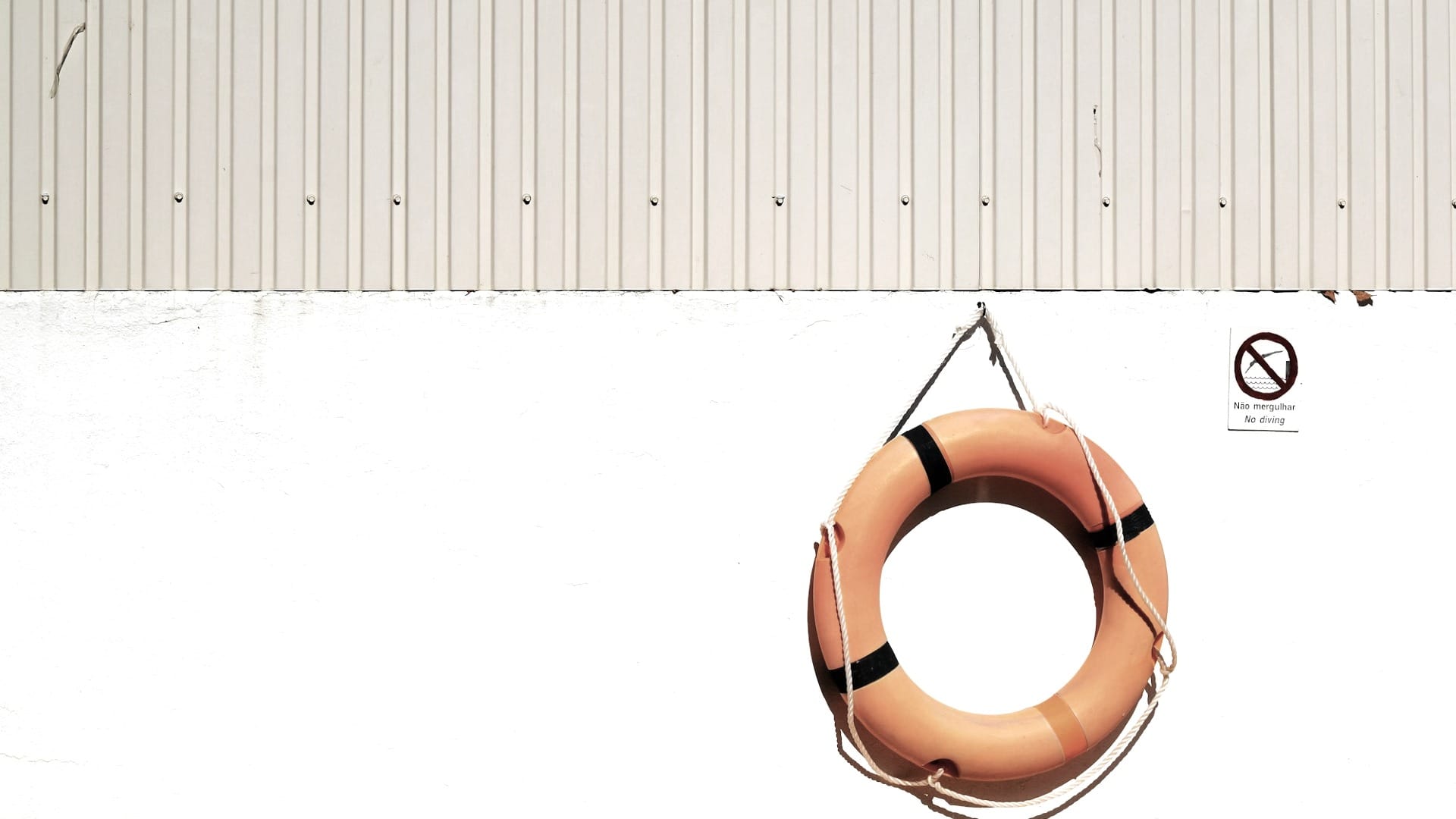Whoa Dustin why would I want to learn to sink? Isn’t this a SWIMMING newsletter??
While it might seem counter intuitive at first, there are a lot of things one can learn from sinking. Not in the least the ability to manage your breathing, which in turn dramatically effects your swimming ability.
A lot of people I’ve taught over the years get kind of cocky when it comes to sinking as well, and in order to do it properly you actually have to put yourself in an uncomfortable state. It is that state that is the deep lesson, but it takes multiple attempts to really get the memo.
Why + Philosophy:
Let’s think for example lifting weights, if you do it every week then you’ll start to see the growth, and you will start to feel the progress. You’ll have greater endurance, and that means you’ll have to lift for more reps or heavier. The measurements of progression are pretty easy to see once you know what to look for, and with swimming that is true as well. However being able to see the progression is rather harder.
As a coach I often have to go out of my way to explain what the person was doing to make progress, as it isn’t as clear as something like lifting the weights. Swimming is about movement, and if you spend too much time on breathing; Then you won’t get as much practice actually doing the strokes, and those strokes of front crawl or breaststroke, they are the means of progression.
In the case of the topic of today, we have the ability to sink, which in essence is emptying your lungs of air so that your body falls down in the water. It releases the air tension in your chest, and allows you to go down.
How + Physics:
If you don’t relent your control over your breath, then you cannot achieve the goal at hand. The goal in this case is being able to go to the floor, I often have the student sit on the floor for example, and in order to do that there are three ways of descending in the water:
- Forcing yourself down by swimming or jumping.
- Releasing all or most of your air to sink down like a rock.
- Combining them, and maximizing speed to movement ratio.
In this post today I am referring to the second method, but most people try to do the first one as it is a “get down quick” scheme. However the point isn’t to get down, it is to be able to get down with control, and if you force yourself down using the first method; Then you’ll end up floating right back up, almost as quick as you went down.
Your buoyancy will be different than even the person next to you, and I sink like a rock luckily. However some people float more, and that really just has to do with the composition of your body. If you float more, then you simply have to blow more air out.
Another thing I want to point out is that we should keep our mouth CLOSED under the water, most people learn to blow bubbles with the mouth for simplicity sake, but we will want to blow the air out of our noses for this exercise!
It will take some practice, and as gross as it sounds imagine you’re blowing your nose under the water. It will help you achieve the rate of expulsion you’ll need to release the air.
What + Psychology:
Something I was talking about earlier is the idea of progression, and in order to progress with this exercise we need to get to your extremes. A simple trick is to, out of the water, breath all the way in FULLY. That is your tank completely full, and so you can use that as your top extreme. Conversely, you need to breathe ALL the way out, more than you might want to try at first. That will be your bottom extreme, and that is what we want to work towards when sinking down.
Next, you need to establish a baseline in-between both extremes, and the way I like to do that is simply for you to say “Hi!”.
When we speak we go into a more automatic breathing modality, and we can take advantage of that by saying hi. We will then instinctively breathe in an average amount, and that SHOULD bring us back to a baseline. Sometimes during practice since we are more conscious of our breathing due to the exercise, then we end up taking in too much air.
Keep in mind if you breathe in too much, it will hinder your progression, but all you have to do to compensate is simply breathe out more under the water (or right before going in).
Everyone’s point of sinking is different, just like the buoyancy thing (actually it is because of that), and you’ll need to attempt this sinking exercise multiple times to know where you’ll START to sink.
The key word there is START, as your sinking point is where you begin your descent, and that can often feel a bit uncomfortable at that level. You’re reaching the point of not having as much air, and so you are bound to semi-panic. This is where the progression comes into play, as the more you can resist that panic notion, then the farther along you’ll be in your breathing capabilities.
Lastly, the point of getting to the floor, and all you have to do is hold the rest of your air you have left after reaching the sinking point. Then you will slowly descend down to the floor. Simple as that.
To Panic or not to Panic
Panicking is the number one cause of failure in swimming, and maybe in other skills in life too. However I am privy to only this one at this moment! The reason why the 3 Steps to Swimming do not cover breathing. is that swimming is not about breathing, for it is about movement. Getting from point a to point b. Your ability to resist the panic mentality, is directly related to your ability to hold your breathe. By sinking over and over again you put yourself into a micro-state of panic, and then you can use that as practice before actually swimming.
Each time you fight it, that adds to your level up progression.
Disclaimer:
This is advice for people to level up their swimming, or perhaps get started in the first place. While you swim you should make sure you are doing so in a public facility with a lifeguard on duty for safety.
![Official Website for Dustin Miller PolyInnovator [LLC]](https://polyinnovator.space/content/images/2025/03/polyinnovator-logo-2024.png)











